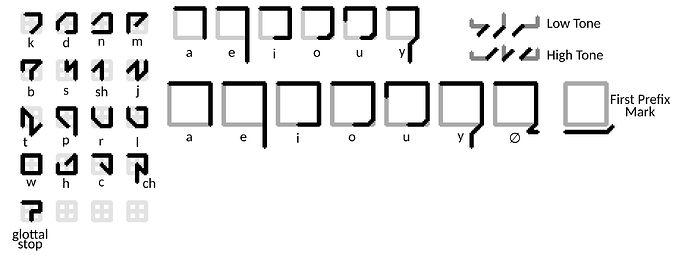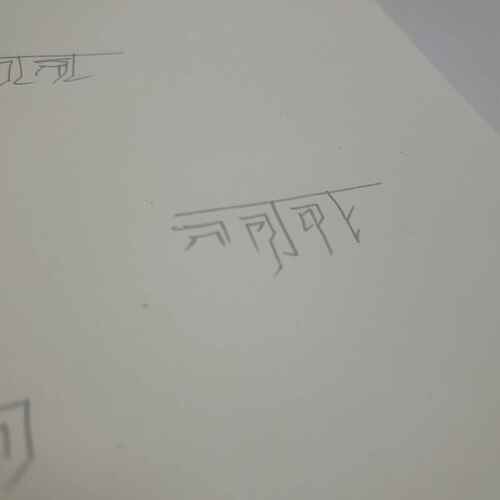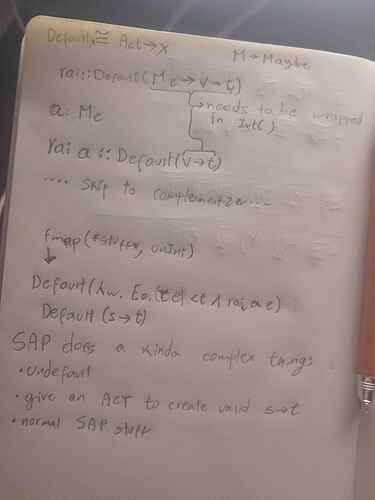Lúnalai is an artistic attempt at making a loglang. It aims to feel natural to use, avoiding making you keep track of things as you say them so that you can construct sentences on the fly without much forethought or intensely keeping track of things such as nesting or determiner scope.
I haven’t worked on the semantics, and I feel like reading up on syntax a little bit more before posting any of the syntax trees from it. Not that I’ve done that much on that front, it’s not quite a forest!
Brief Overview
The word order is SOV, with a very simple CV(V) phonemic unit called the lúna. It has suffixes, which are denoted by repeating the last vowel of a root after a glottal stop. So that in kato’oni /katoʕoni/, the root is kato and the suffix is ni. Only the first suffix of a word needs this glottalization. It is possible for suffixes to be polysyllabic, but the first consonant of every non-first lúna in a suffix has to be a glottal stop, which is optionally pronounced as [h].
The language has three pitches (not contour tones!), and every syllable is assigned one. The first syllable of every word is always pronounced as a contour that lands in its specific pitch.
The morphology is self segmenting thanks to these last two rules, meaning that you can always tell word-boundaries and the word’s derivational morphology.
Clauses are started with a complementizer, but the verb ends in a suffix. This is my preferred way to do clause boundaries, as it disguises the fact that it actually uses parenthetical clause openers and closers in a way that feels very automatic. You barely need to think about it.
Example Sentences
bashàlà’amí kùó’oky nio’oda wò!
/mbaʃàlàʕamí kùʔóʔokɨ ni.oʕonda wò/
poison-OBJ cup-SUBJ is_at-PERF ADM
“There’s poison in that cup!”
wa’abo kiti’iky kari rà
/waʔambo kitiʔikɨ kari rà/
you-OF kitty-SUBJ cute ASSERT
“Your cat is cute”
It has a mechanism to make clauses become names, not only words.
nhé’eky, la níko’o hai’idami rà
3-SUBJ TO the_moon-OBJ look-PERF-NAME ASSERT
her name is “to look to the moon”
The word la, here glossed as TO, is a property clause complementizer. It can be thought of as a slightly more complex verb in infinitive.
Plans
I want the language to support what in Toaq (and possibly Lojban) is called “underfilling,” but I don’t want it to be a naive mechanism that simply sets some defaults for every verb. I want it to be sentence-aware, capable of utilizing things like tense, aspect and even the speech act in order to determine how things are underfilled. I also don’t think I want every verb to support it.
Thinking about underfilling in Lúnalai ended up making me think about things like a Result monad to specify that a parse is perfectly grammatical, but has the potential to be nonsensical (as opposed to just false).
Overall, I don’t think this will have very minimalist semantics, which is probably a problem since I haven’t exactly studied semantics formally! But we’ll have to see how it turns out.




